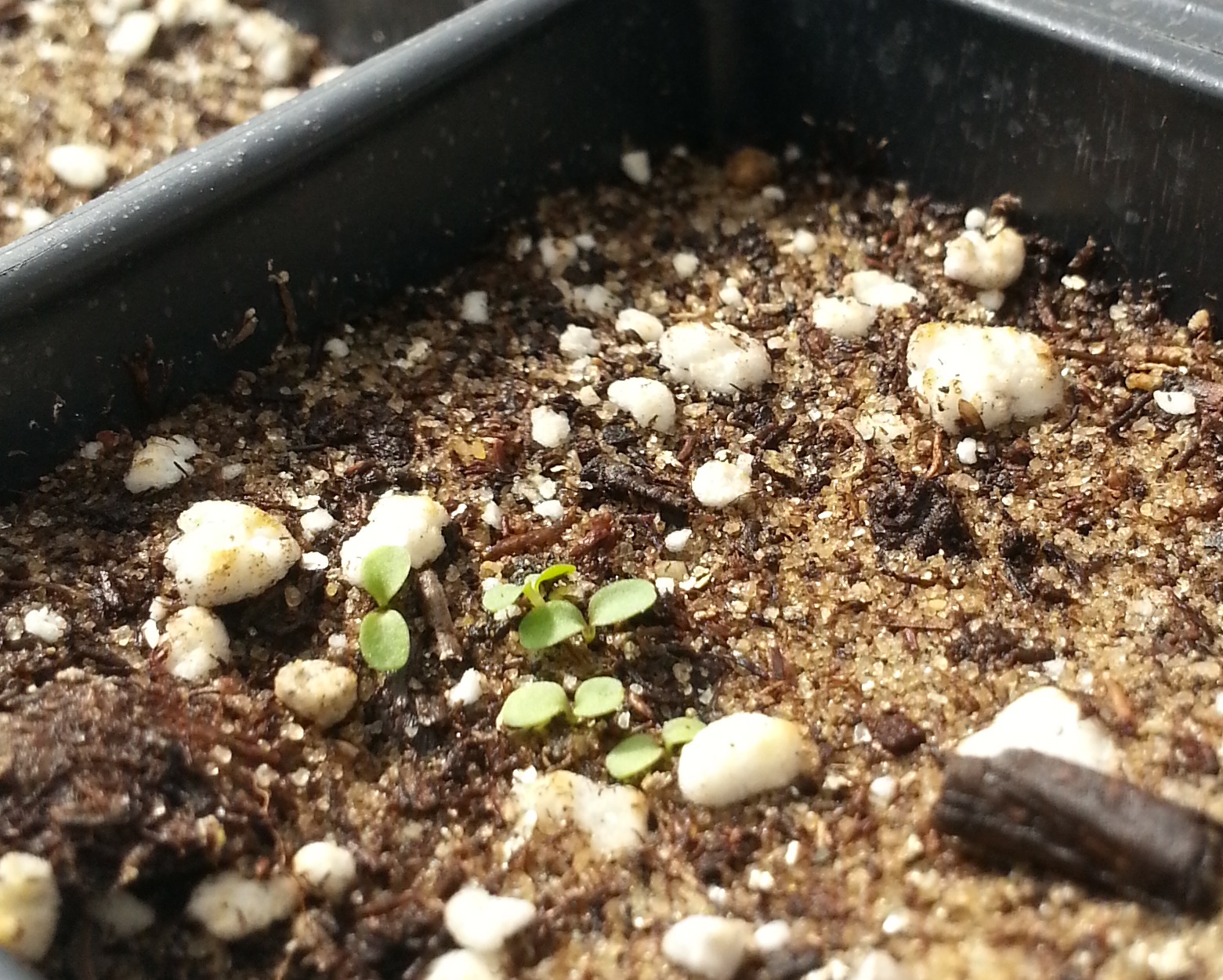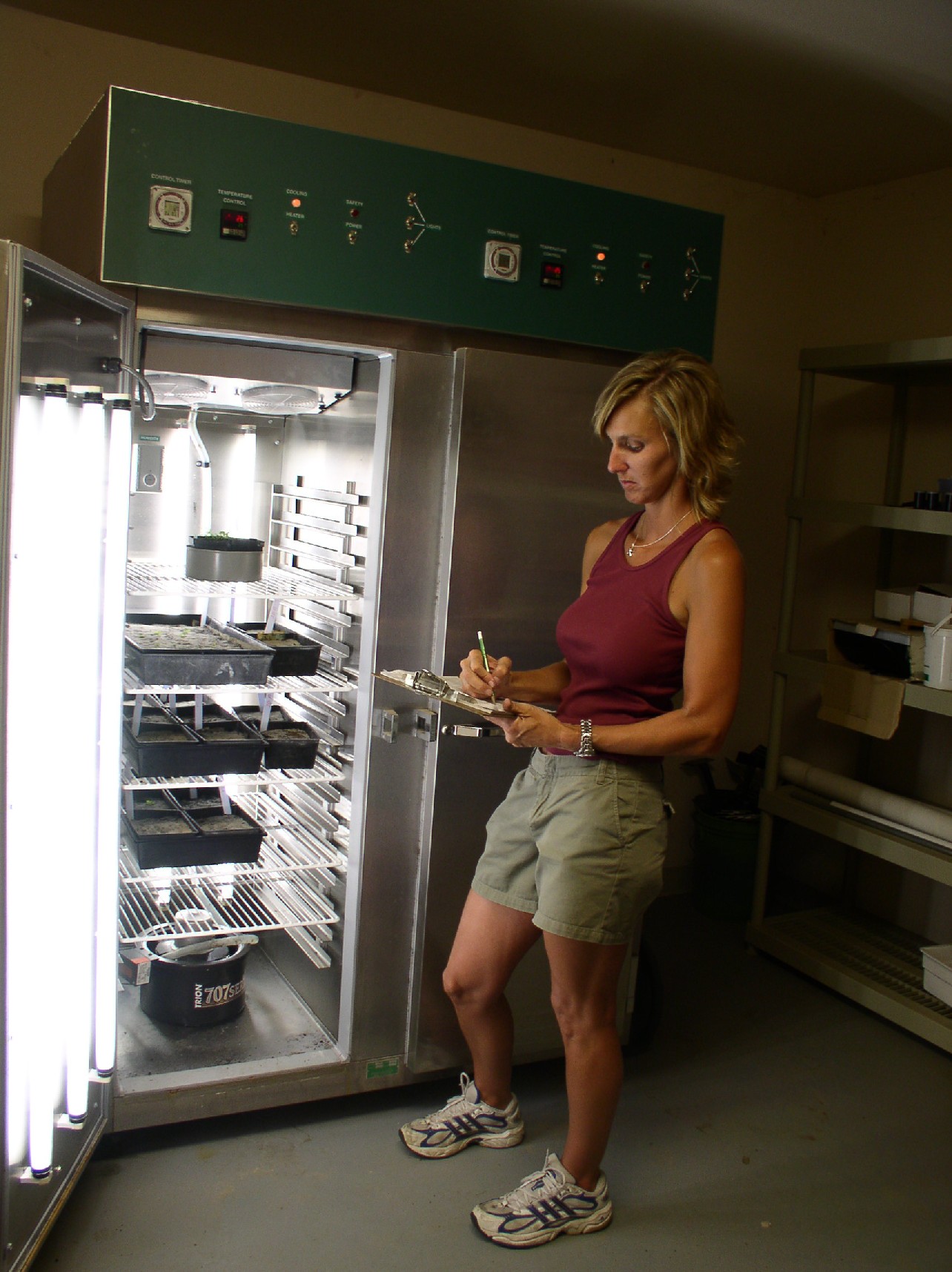Studying Potential Effects of Climate Change on Rare Plant Populations
Bok Tower Gardens’ Rare Plant Conservation Program works to preserve the rarest plant species of Florida through biological and ecological research that enable us to better understand each species. Conservation efforts include collecting seeds to preserve genetic material in an ex situ collection, introducing new populations into protected sites, rescuing rare plants from development sites, restoring habitats, enlisting the public to promote local stewardship, and helping to train the next generation of conservationists through student projects and internship opportunities. Although this work often targets immediate preservation needs, our focus is increasingly shifting to best strategies for preserving species many decades into the future.
A changing climate is expected to significantly impact ecosystems and species. Predicted alterations in seasonal rainfall levels and temperatures may have direct implications for plant population dynamics and the conditions of their habitat. Adapted to limited niches within narrow ridge systems, many of Florida’s endangered plant species will not be able to migrate to higher latitudes, higher elevations, or other areas of suitable habitat in response to climate pressures. Seedling recruitment and survival, as well as reproductive timing and output, could be heavily impacted with changing weather patterns. Understanding how to best support species resilience in a world impacted by climate change will be necessary to long-term preservation of species in the wild.

A key factor in climate change adaptations is the selection pressure that can lead to an altered composition of genotypes comprising a population. To investigate this, we performed germination trials under controlled conditions in a dual-chamber seed germinator. In identical trials, seeds from different maternal parents are subject to ‘current’ daytime and nighttime temperatures in one side of the germinator, and to ‘projected’ temperature conditions in the other side of the germinator. The projected conditions are based on a 50-year ‘moderate emissions’ scenario for the region, available at ClimateWizard.org . Current and projected rainfall levels are also simulated through hand-watering regimes.
We observed substantially different temperature responses for Clasping warea (Warea amplexifolia), located on the Lake Wales Ridge, and for Lakela’s Mint (Dicerandra immaculata var. immaculata) and Savannas Mint (D. immaculata var. savannarum), located in separate areas along the Atlantic Coastal Ridge. Some maternal lines with typically low germination rates showed markedly higher rates with increasing temperature. Other maternal lines with typically high germination rates (at or near 100%) dropped to zero.
Nearly all genotypes showed some influence of temperature in these trials. Overall, germination rates increased with increased temperature, although these trials did not account for any requirement for low winter temperatures that seeds of these early-spring germinating species often experience.
Actual effects of climate change on germination rates are likely to be complex. Any increase in germination in the wild that may occur with increased temperatures is expected to be offset by the predicted lower spring rainfall levels. In our germination trials, reducing irrigation levels to mimic expected lower rainfall levels led to greatly increased seedling mortality. This mortality was consistent across maternal lines and did not vary across genotypes. Therefore, although it might be possible to select for higher temperature-resistant genotypes, reduced seedling survival due to lower spring rainfall levels may be catastrophic for some of central Florida’s rare plant population.
Invasive species provide another complication. In our trials, increased temperatures led to increased germination of weed seeds in native soils used in the seed-sowing media. This suggests that predicted higher temperatures with climate change may speed up degradation of habitats by an increase in invasive species. As habitat degradation is thought to be the biggest threat to the persistence of species in the wild, habitat restoration and maintenance will likely be more urgent over time.

Conservation efforts to undertake the best strategies based on these findings are underway in Florida, in partnership with numerous governmental and non-profit organizations, universities, and volunteers from the general public. We are implementing population introductions to establish large, diverse populations that include the most resilient and adaptable maternal lines. Decades of demographic data and historic rainfall and temperature records are being used to model future population trends. Volunteers work monthly to improve habitat for several populations of the most critically endangered species. These research and field conservation efforts will help to ensure the survival of rare Florida plant species in the wild for many years to come.


